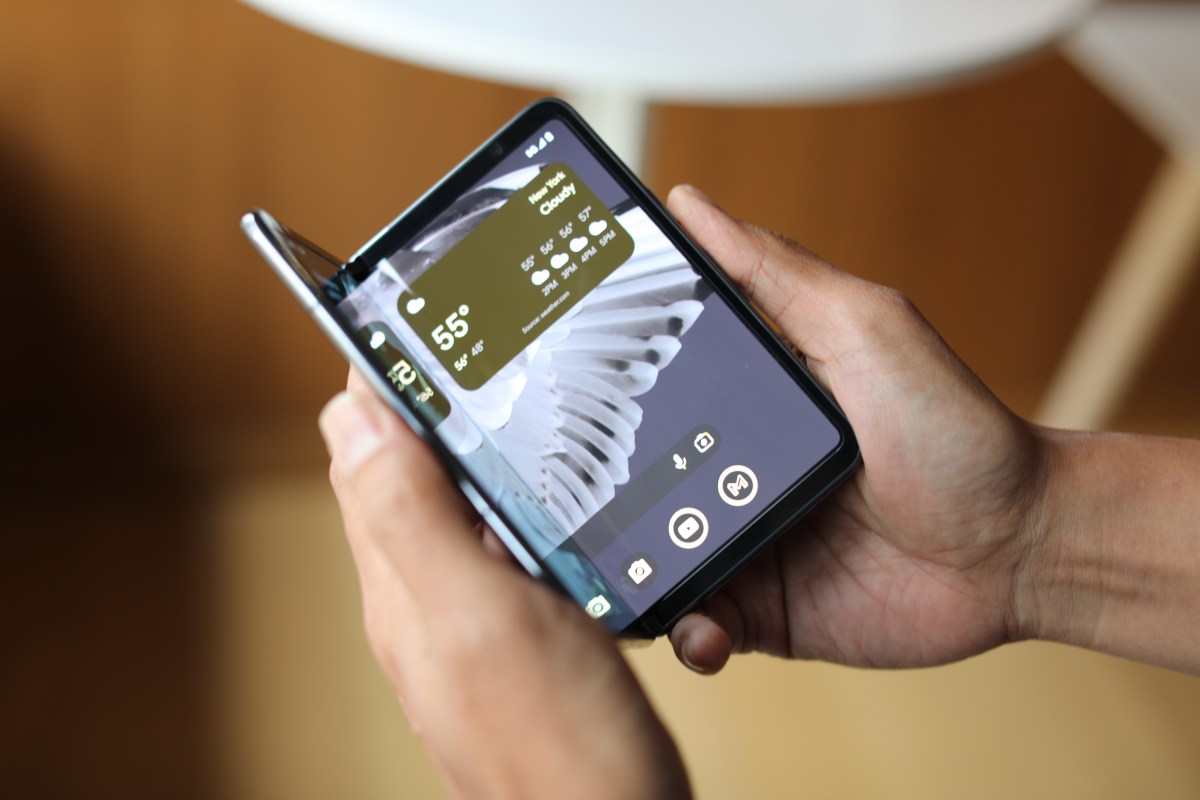Google long ago abandoned the pretense of surprise about the Pixel line. There’s an extent to which you can point the finger at the hardware rumor industrial complex. But at the end of the day, the company was always going to take matters into its own hands and announce its most anticipated hardware device a week early on Twitter.
After all, Google announced the new Pixel Tablet exactly a year ago, while another recent controlled Twitter “leak” announced that the budget Pixel 7a will arrive tomorrow. Last Thursday, Google tweeted out an eight-second video from various official accounts that featured Pixel Fold unfolding, refolding and generally floating and rotating through the ether. It’s real and it’s spectacular, to paraphrase Lois Lane on Seinfeld.
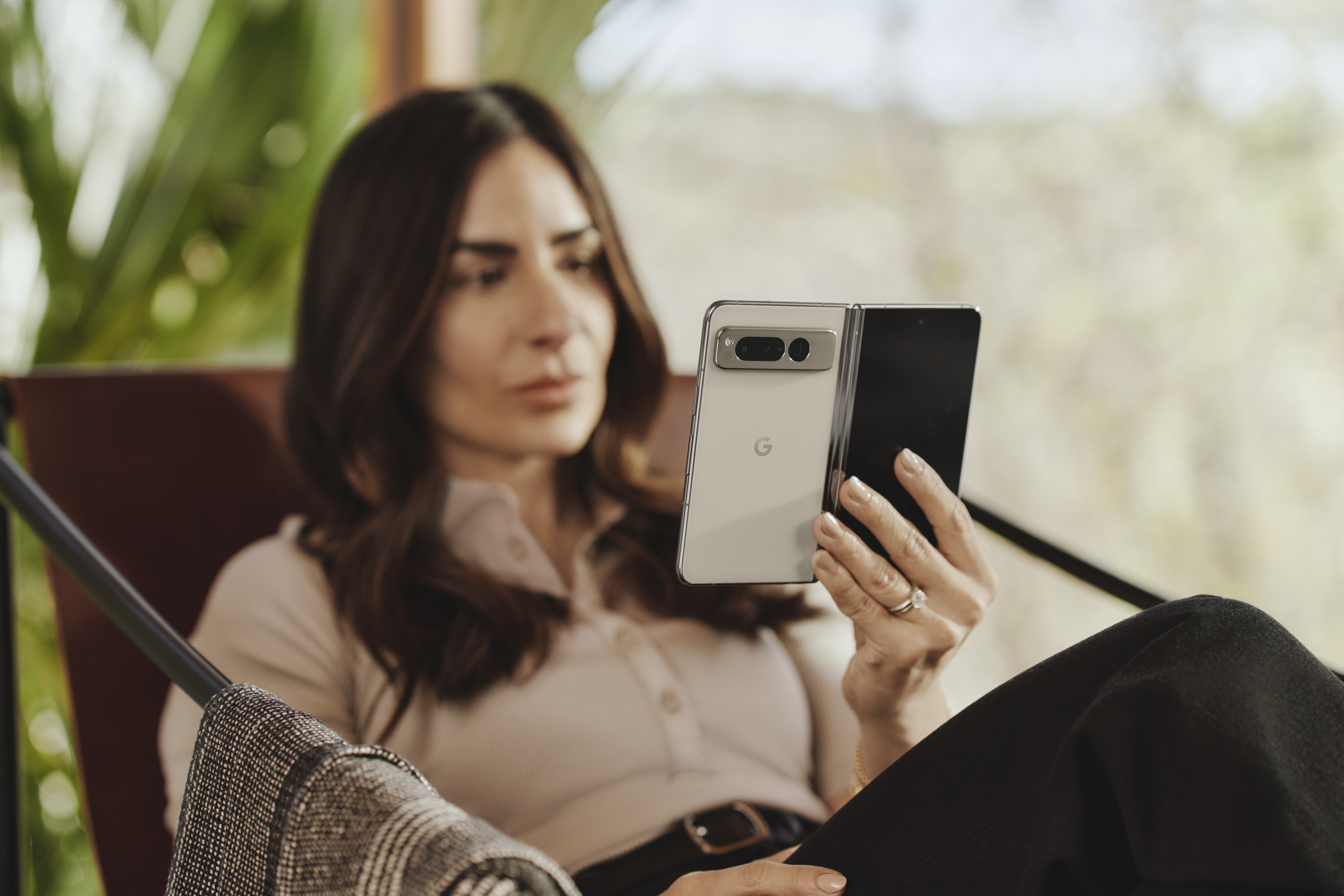
Image Credits: Google
Perhaps the Pixel Fold has always been an inevitability. It took significant trial and error from Samsung to pioneer the foldable handset a few years back, but interest and adoption have been growing steadily since. Walking through the hall of MWC back in early March, it sure felt like ever major Android device maker has entered the game. Those who haven’t almost certainly have their take on the space brewing in some R&D lab.
Google’s own interest in the form factor dates back pretty far, as well. In 2018, it announced that it was working with Samsung to create a version of Android designed specifically for a folding screen. The partnership made a lot of sense for both companies as, for most intents and purpose, Samsung was really the only game in town. Given that Google’s Pixel line is still fairly modest compared to a lot of the competition, it also made sense to wait. Make sure the market for such devices actually existed before pulling the trigger.
As the name suggests, the Pixel Fold is more Galaxy Z Fold than Galaxy Z Flip. That is to say, it’s more book than clamshell. I’ve long expressed my preference for the Flip form factor, but it remains a fairly limited take on the category. The fold is still very much the default design.
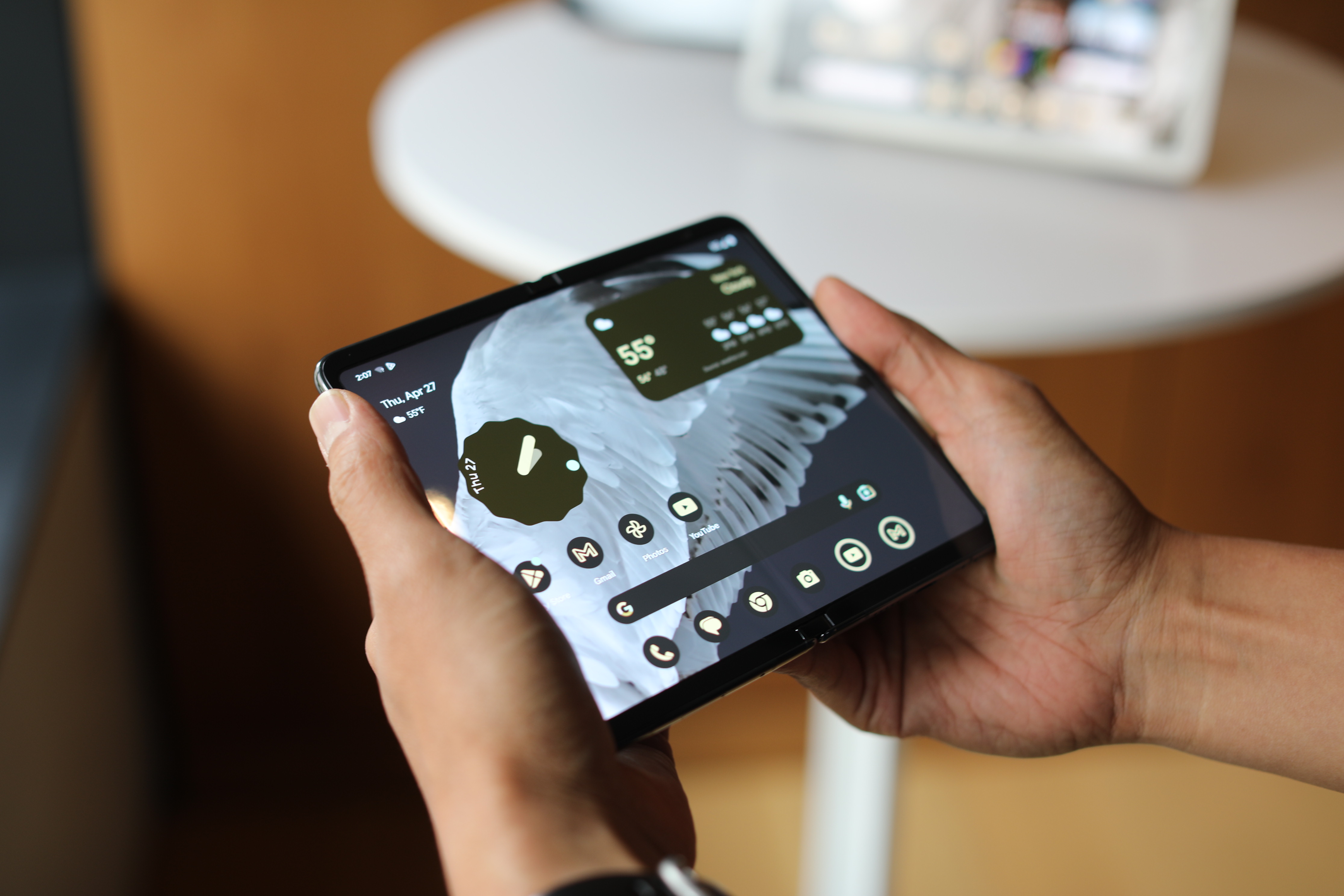
Image Credits: Brian Heater
“We felt like there was a lot more we could do with a bigger form factor,” a spokesperson for the company told me. “You get a useful phone, and then it turns into a high-productivity tablet. When you do a clamshell, the outside display is pretty limiting, and then you’re basically just getting a normal phone when you open it up.”
Certainly the design affords a lot more screen real estate. The internal display is 7.6 inches, with a 6:5 aspect ratio. The resolution is 2208 x 1840 OLED at 380ppi, with a refresh rate of up to 120Hz. Yes, it’s the same overall size as the Galaxy Z Fold 3, but shorter and longer. Dimensionally, it looks more like Oppo’s recent foldable or Microsoft’s bygone Surface Duo. The front screen isn’t edge to edge, but it’s large for an external cover, at 5.8 inches (2092 x 1080).
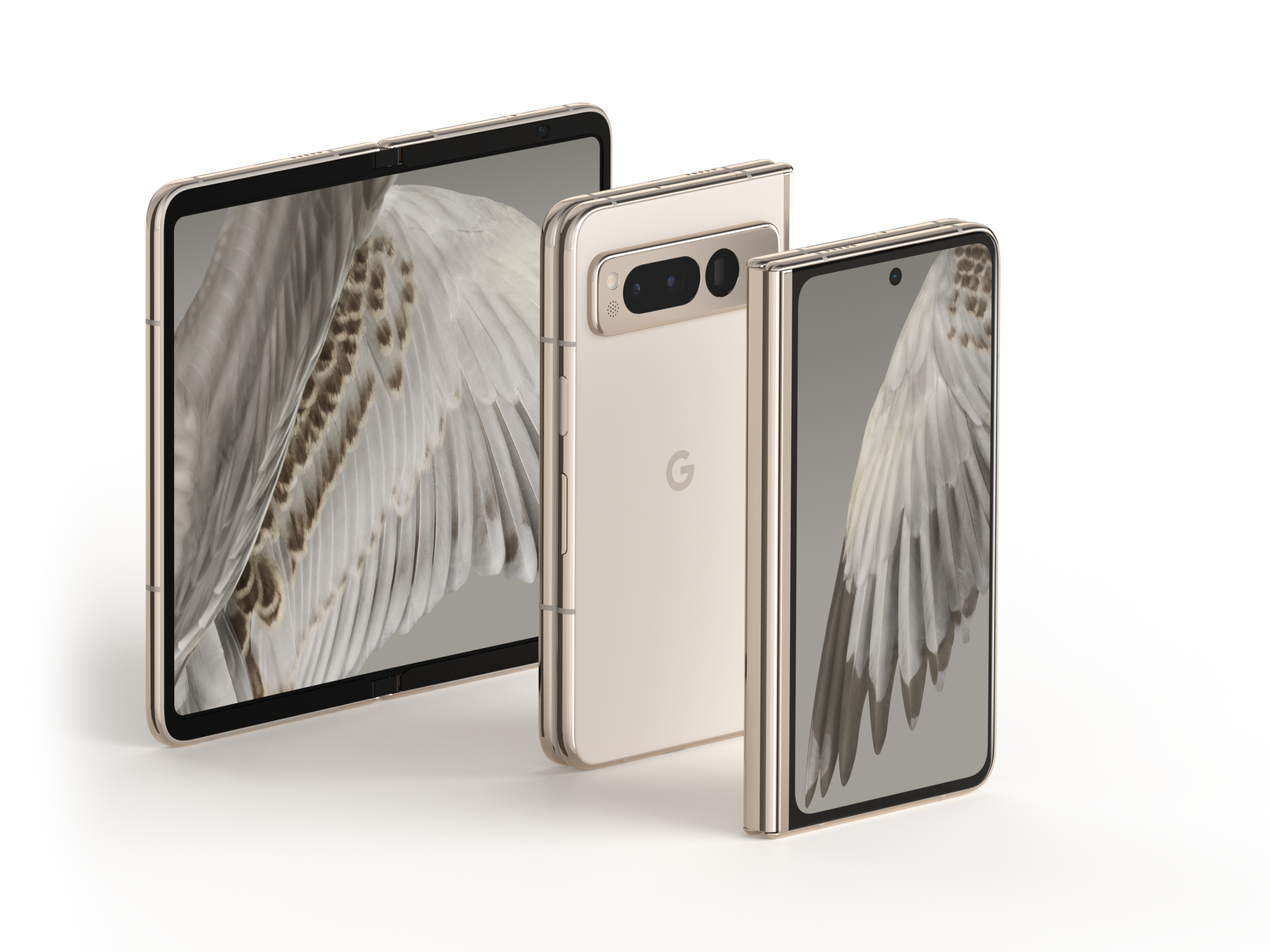
Image Credits: Google
It’s also quite thin while folded, at 12.1 millimeters, compared to Samsung’s 14-15mm. The hinge is a big part of that.
“This is 180-degree fluid friction hinge, which means that you can put it to any place you want,” Google told TechCrunch. “There’s magnets in there that helped that snap close in a satisfying way. The trick is we moved the hinge mechanism out to the edges, rather than putting it behind the display. That allows us to get it thinner when it’s open.”
Google says it opened and closed the hinge 200,000 on a single device to test its durability. One other thing the novel design allows for is the ability to house the internal camera inside the interior bezel. That’s why it was virtually invisible in last week’s video. The internal camera (8-megapixel) has always been a bit of a bugbear. You either stick a big hole punch in the screen or opt for an under-display camera, which is still a crummy technology, resulting in bad, cloudy images and video.
The bar on the rear of the device houses a three-camera system: a 48-megapixel main, 10.8-megapixel ultrawide and a 10.8-megapixel telephoto with 5x optical Zoom and 20x Super Res Zoom. The front-facing camera, meanwhile, is 9.5 megapixels.
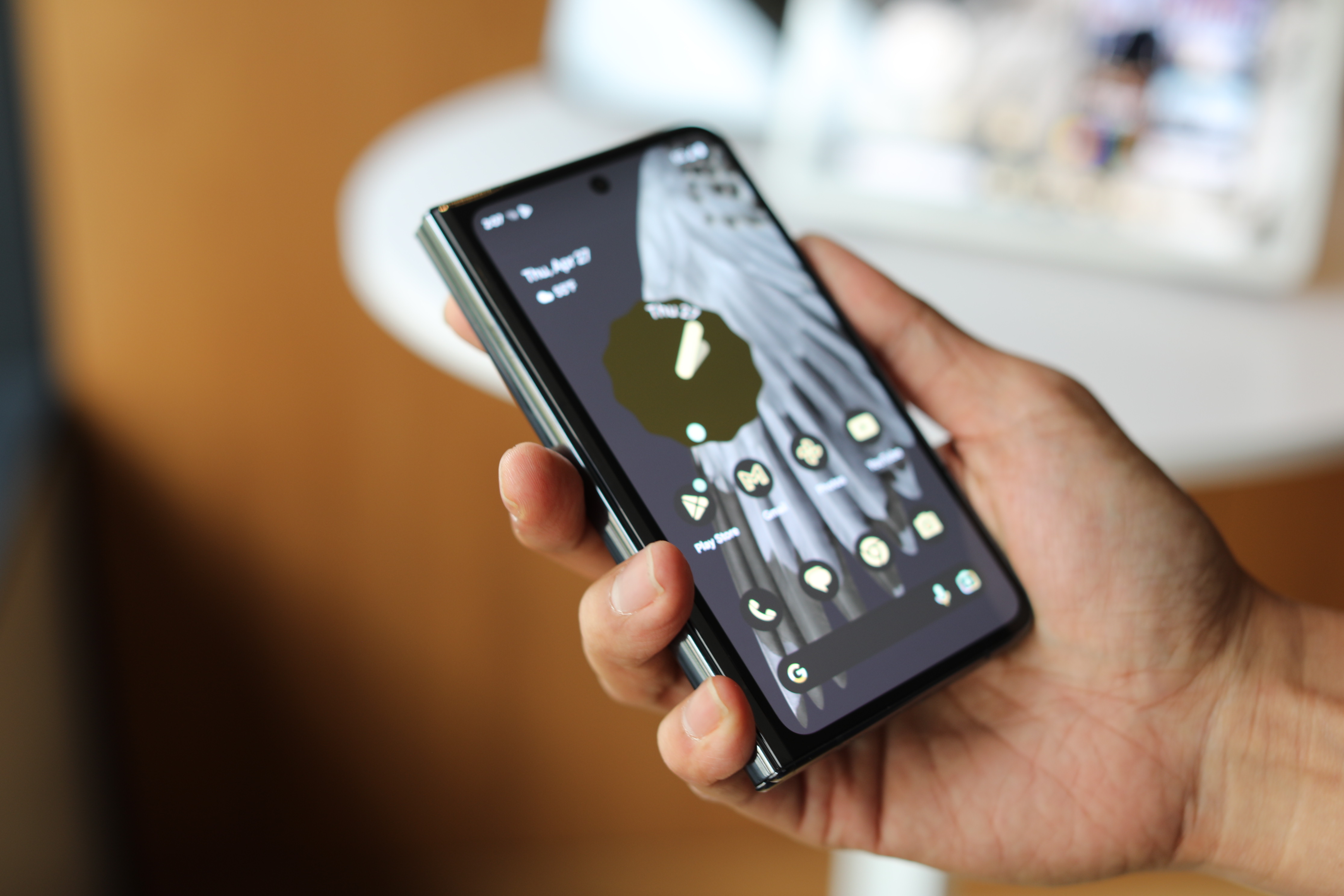
Image Credits: Brian Heater
The real secret sauce in the Pixel Fold experience is, unsurprisingly, the software. Google has, after all, been working on it for at least half a decade. The app continuity when switching between the external and internal screens is quite seamless, allowing you to pick where you left off as you change screen sizes. Naturally, Google has optimized its most popular third-party apps for the big screen experience, including Gmail and YouTube.
“Multitasking on Pixel Fold combines Google’s largest smartphone screen with Tensor G2’s performance, in all modes,” the company says in a release. “Do more things at once by opening two apps side by side with Split Screen on the large inner display. Drag and drop images, videos, links, and text from one app to another for a super fast and easy way to share.”
Google is working with a number of third-party developers, including Netflix, to optimize for the new form factor.
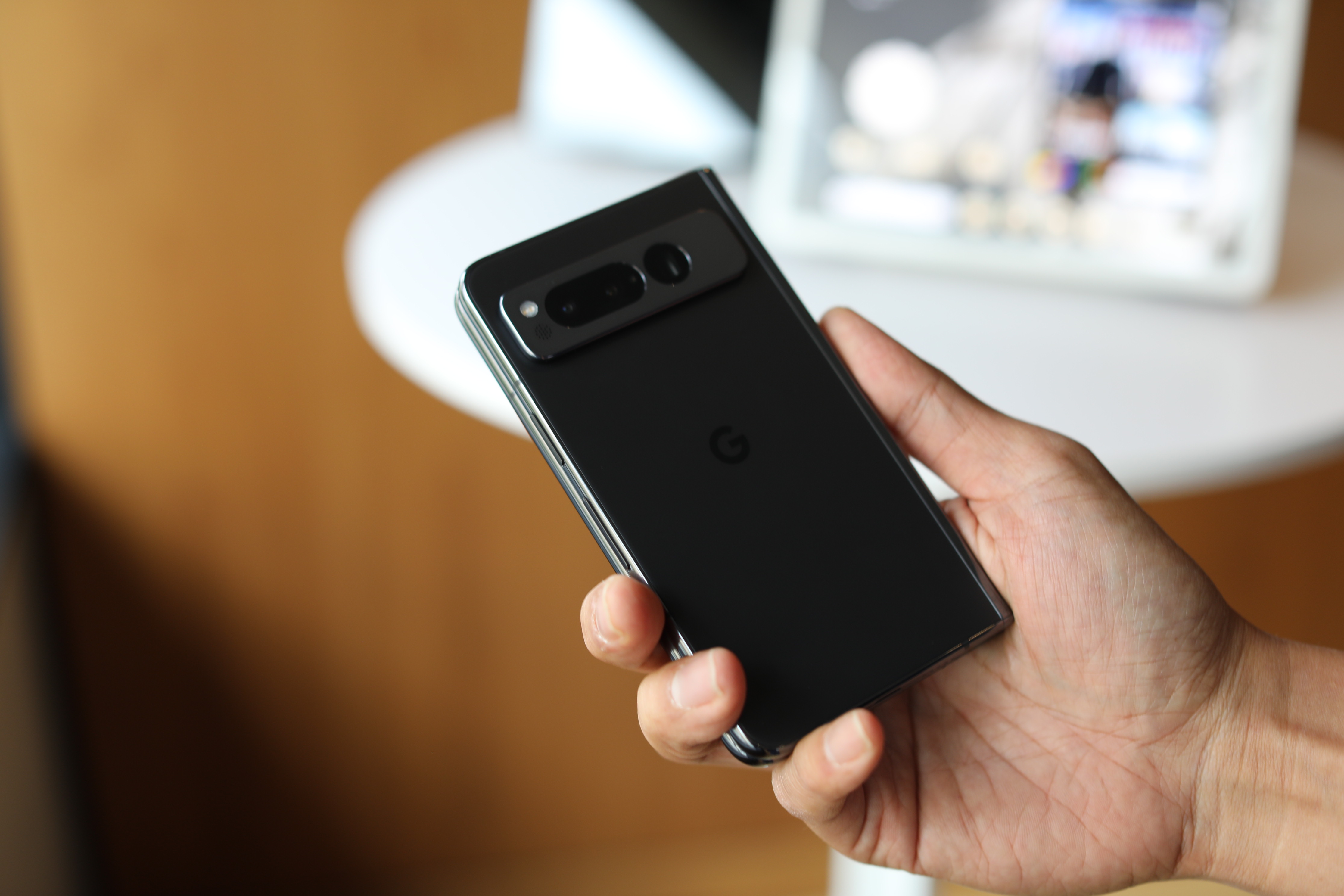
Image Credits: Brian Heater
The system is powered by the same Tensor G2 chip you’ll find in the Pixel 7, 7a and Pixel tablet. The performance can’t match the latest Snapdragon, but it does bring connectivity for other Pixel accessories like Pixel Buds and the Pixel Watch, as well as some of the Pixel-only camera software features.
At $1,800, the pricing is on par with Samsung’s model — which is to say prohibitively expensive for most potential customers. That runs counter to the Pixel line’s general affordability, and frankly, true mainstream adoption is going to require a significant drop in pricing. Preorder starts today, with shipping commencing in late-June.
Google is tossing in a free Pixel Watch for those who pre-order.
